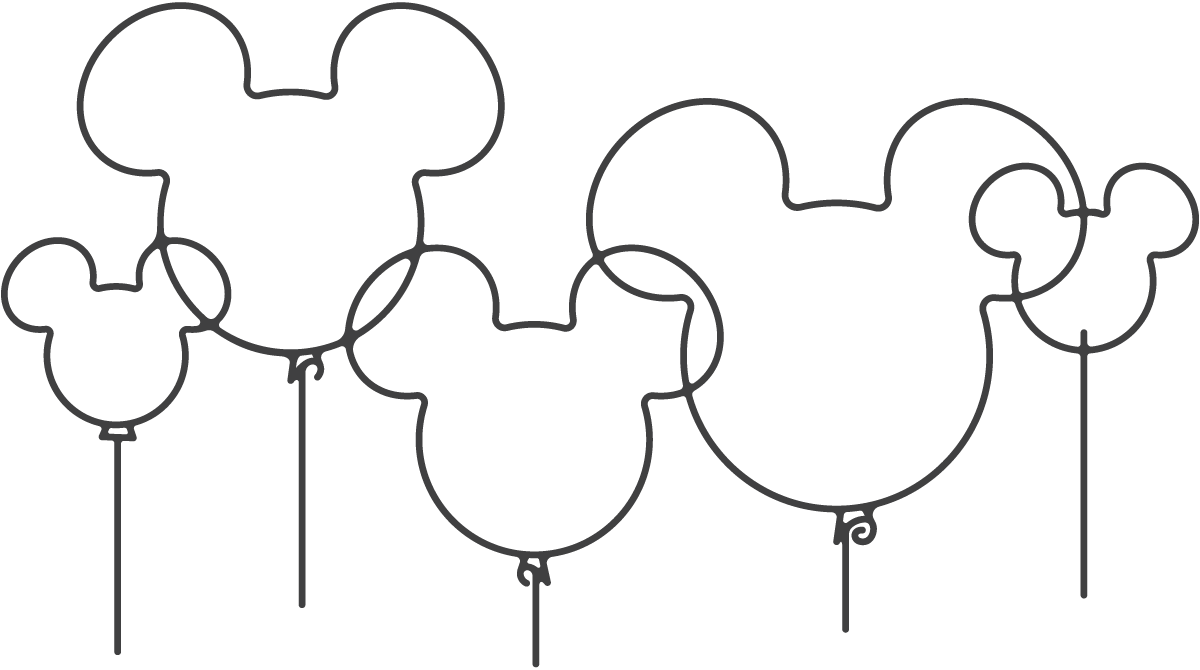Eventually, we all experience failed marketing and advertising attempts for a brand. It’s quite easy to become somewhat skeptical about further marketing or brand efforts. Especially when a constant barrage of ad campaigns seem to be a constant money drain that you must keep feeding your business. It can be exhausting and it is understandable why we become weary of further marketing efforts.
As understandable as this weariness can be, don’t let it hinder your brand development. It’s very common that failed marketing and advertising campaigns could be a symptom of an unhealthy (or nonexistent) brand. This can also be seen in a “reactive” state of the business. Desperate attempts to throw together ads or marketing campaigns without clarity — or even stopping to ask “why“. A solid brand will result in the opposite responses in these scenarios.
The pain from underwhelming marketing can lead a business to become skeptical about their further investment in brand. Sadly, this fallacy leads the business into stagnation. The key here is realizing that ads and marketing is not the same as your brand. These sometimes get bundled together because businesses don’t know any better. For your ads and marketing, imagine those on the “execution” side of the business. These are extensions of the brand that branch out to express the brand in different contexts. At the core, your brand is the concept that is being portrayed. The strategy of your brand is the “why” of the business. This allows you to build more effective campaigns that reinforce the main message of the brand.
I like using Disney as an example because we are all familiar with the brand in both products and experiences. The brand essence of Disney is “family, fun entertainment” — this promise is what we have consolidated the Disney brand to in our minds thanks to their efforts in portraying that to us. However, the ads and marketing don’t literally say “family, fun entertainment”—they show it in their imagery, color palette, ads, content creation, brand collaborations, new releases, etc. — Do you see the difference?

The nutshell concept of “family, fun entertainment” is giving the clear direction for the imagery, colors, ads, etc.—The beauty of this is that all those “execution” items are cohesive with the singular message. This fortifies the concept of the brand further. This ROI (return on investment) builds the concept allowing it to deepen the footing in the mind of the audience.
The opposite would be if Disney’s advertising and marketing efforts were fragmented and disjointed. They would not be in harmony with the singular message. They would be stuck, desperately battling for attention. The brand would slowly shrivel-up due to lack of awareness and general neglect. The efforts and resources spent would seem pointless. Leading to the same disbelief of brand as a small business might feel.
In other words, the brand is the overarching strategy, while everything else from logo design to interior design and advertising are tactics in portraying and representing that strategy. These tactics can evolve and adapt per their context, but the singular message must always be at its core.

